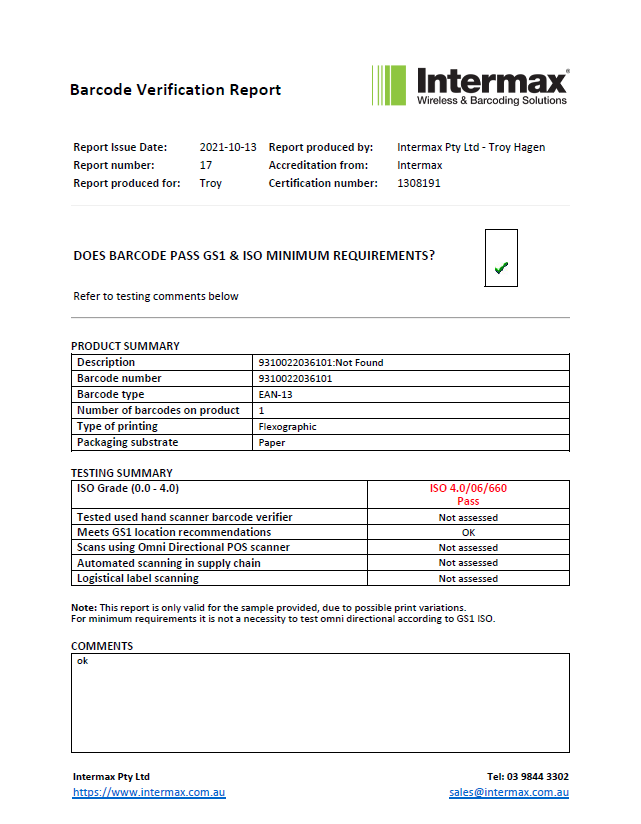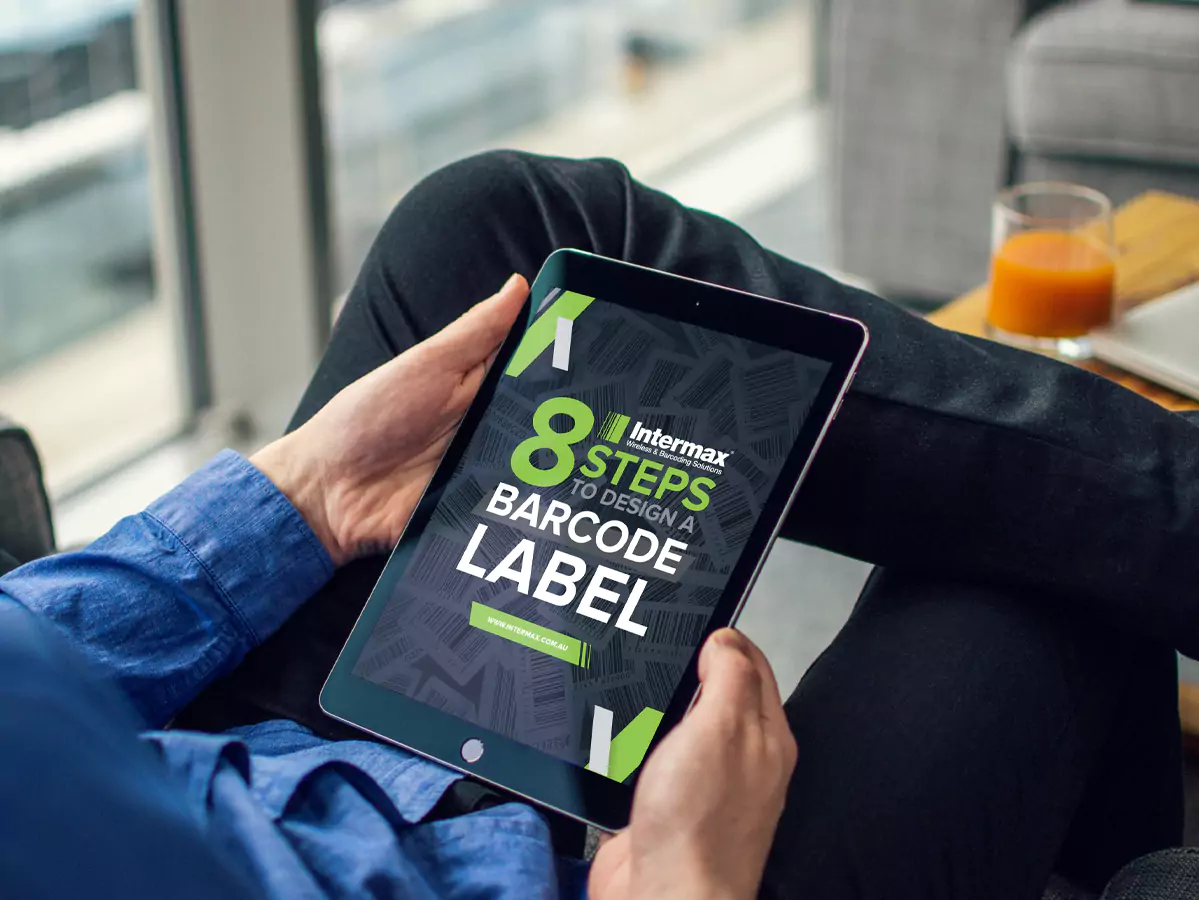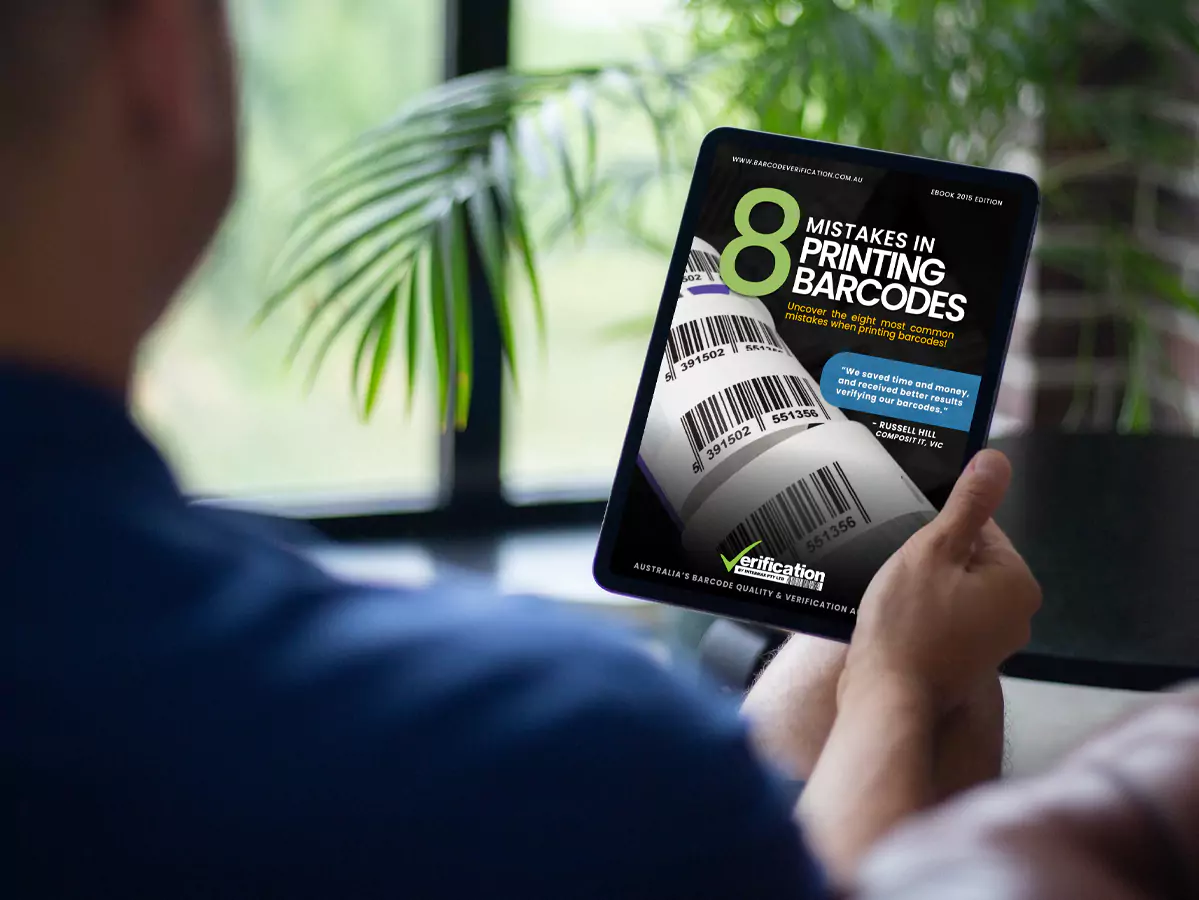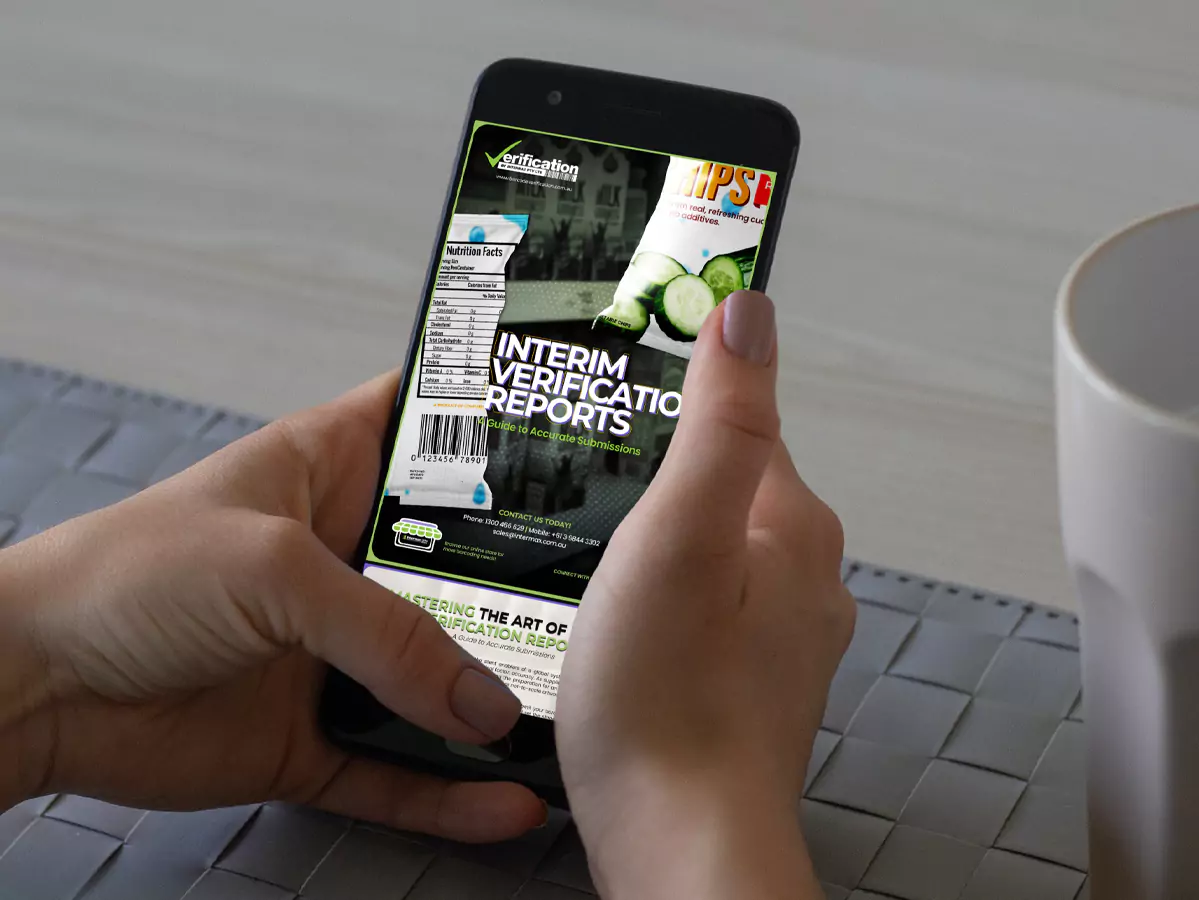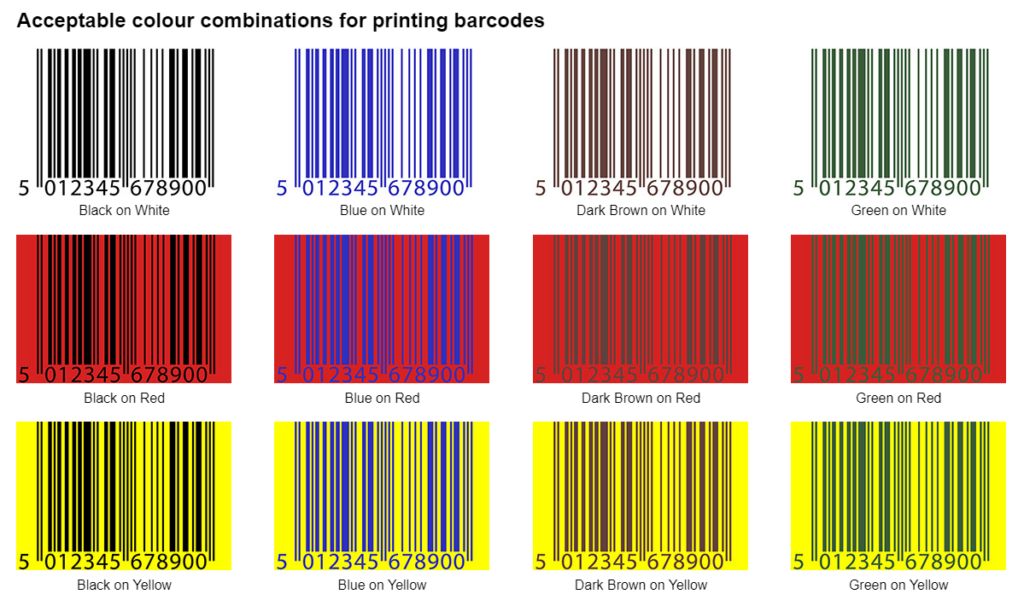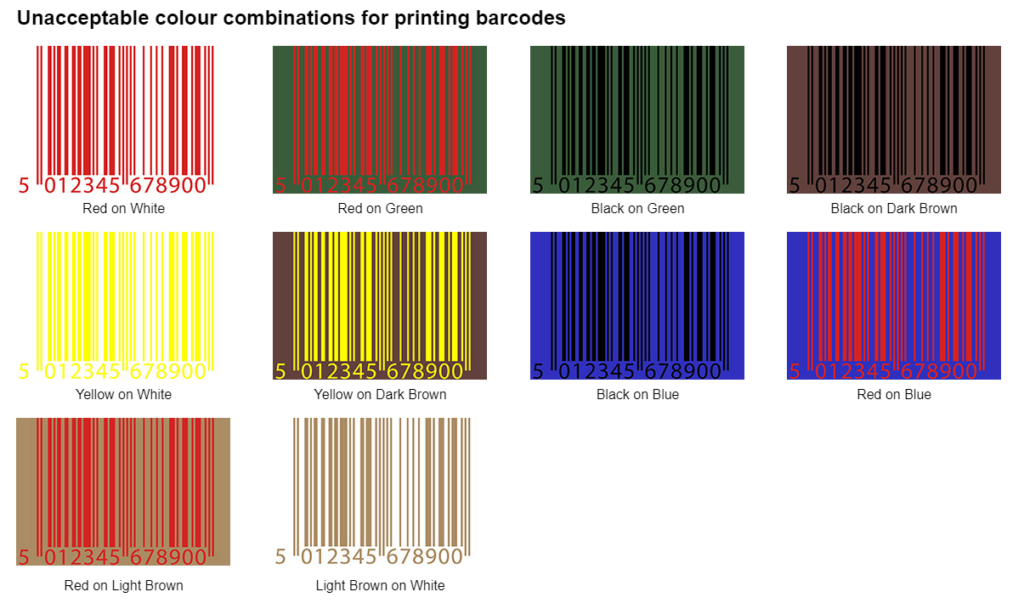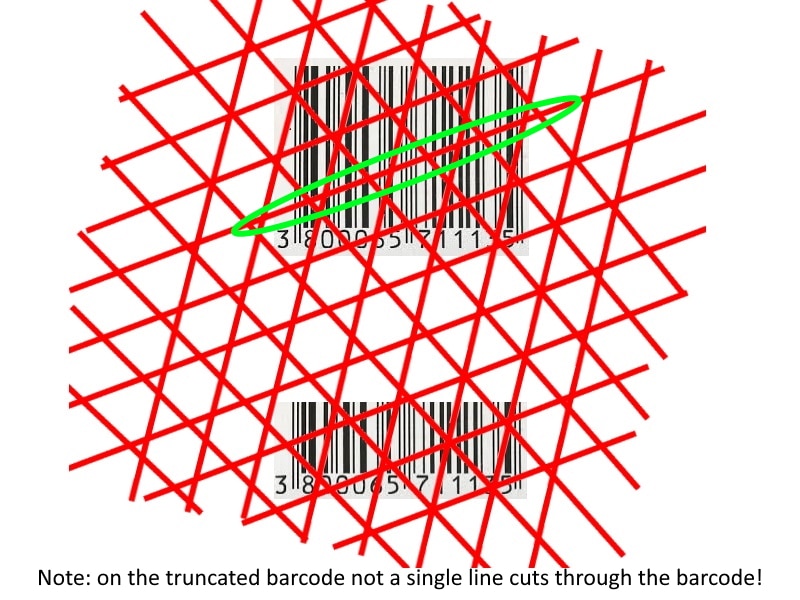Barcode Verification is testing the quality of a printed barcode using an instrument that measures the lines and spaces and reports the quality in a clear and detailed scale – it also is used to detail what needs to be done to fix and improve the barcode quality if things have gone wrong!
During this process barcodes need to be checked to ensure they comply with the barcode standards set by the International Standards Organization (ISO) as well as those set by regional organizations like the American National Standard Institute (ANSI) and the European Committee for Normalization (CEN).

